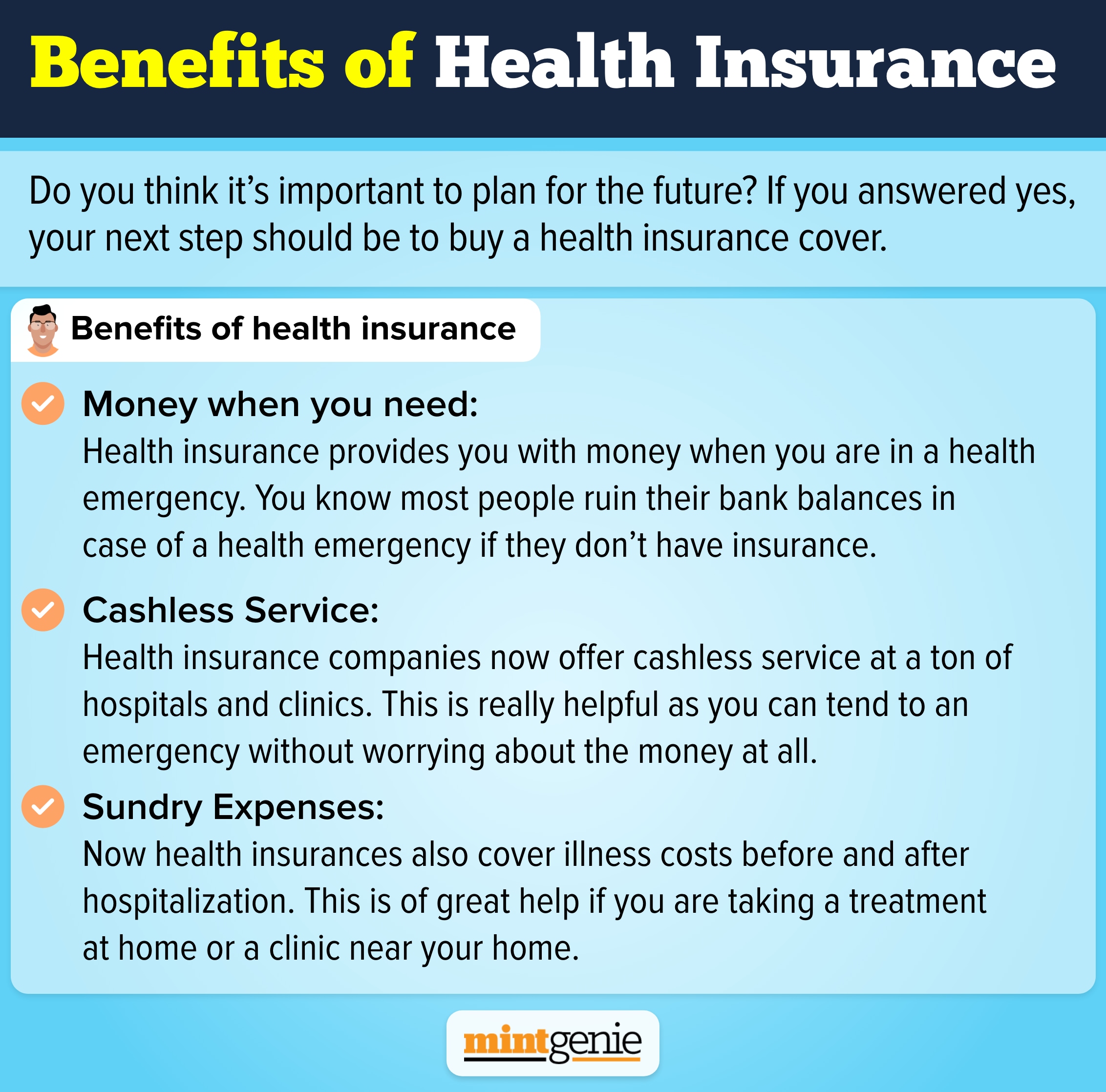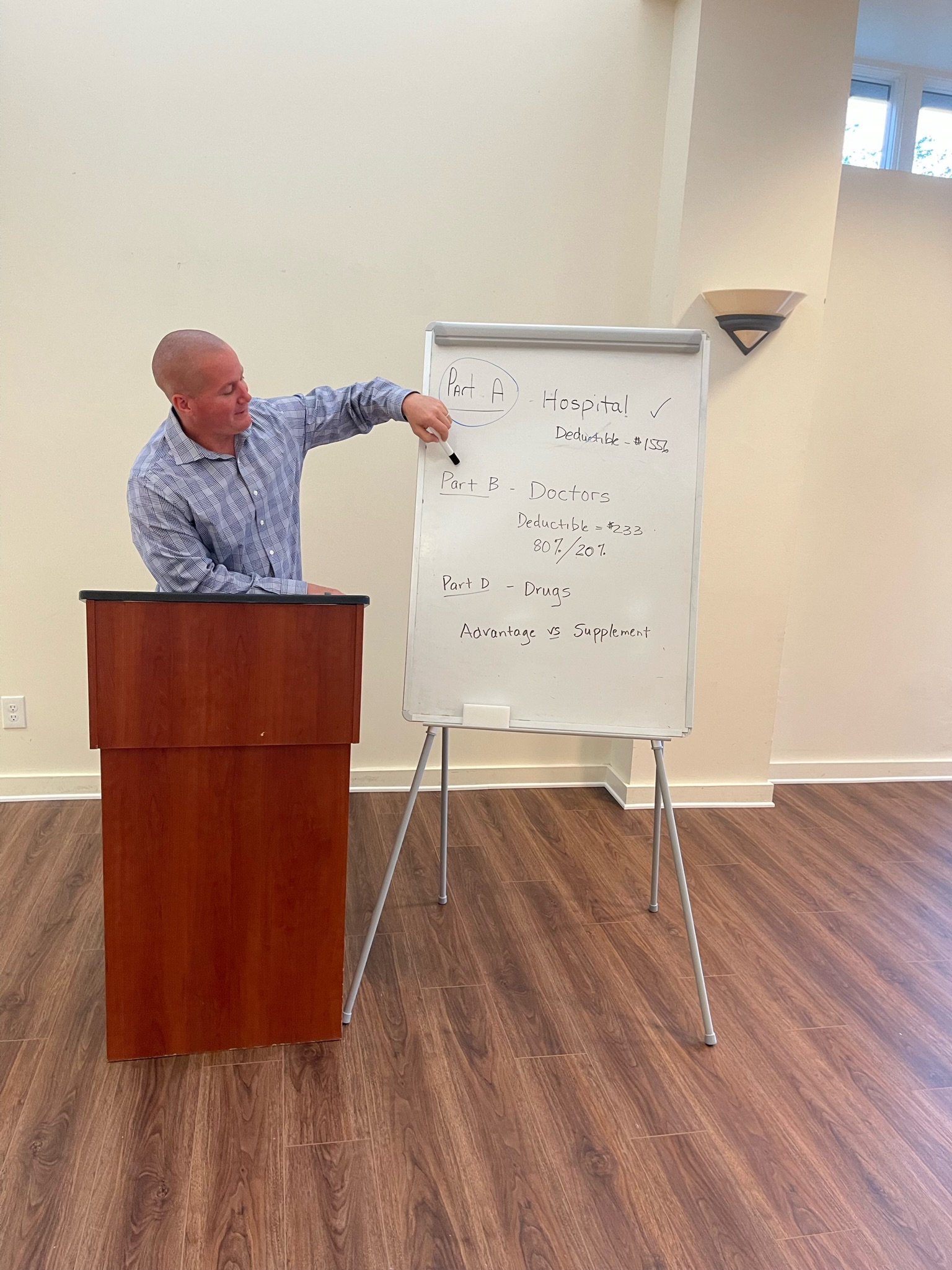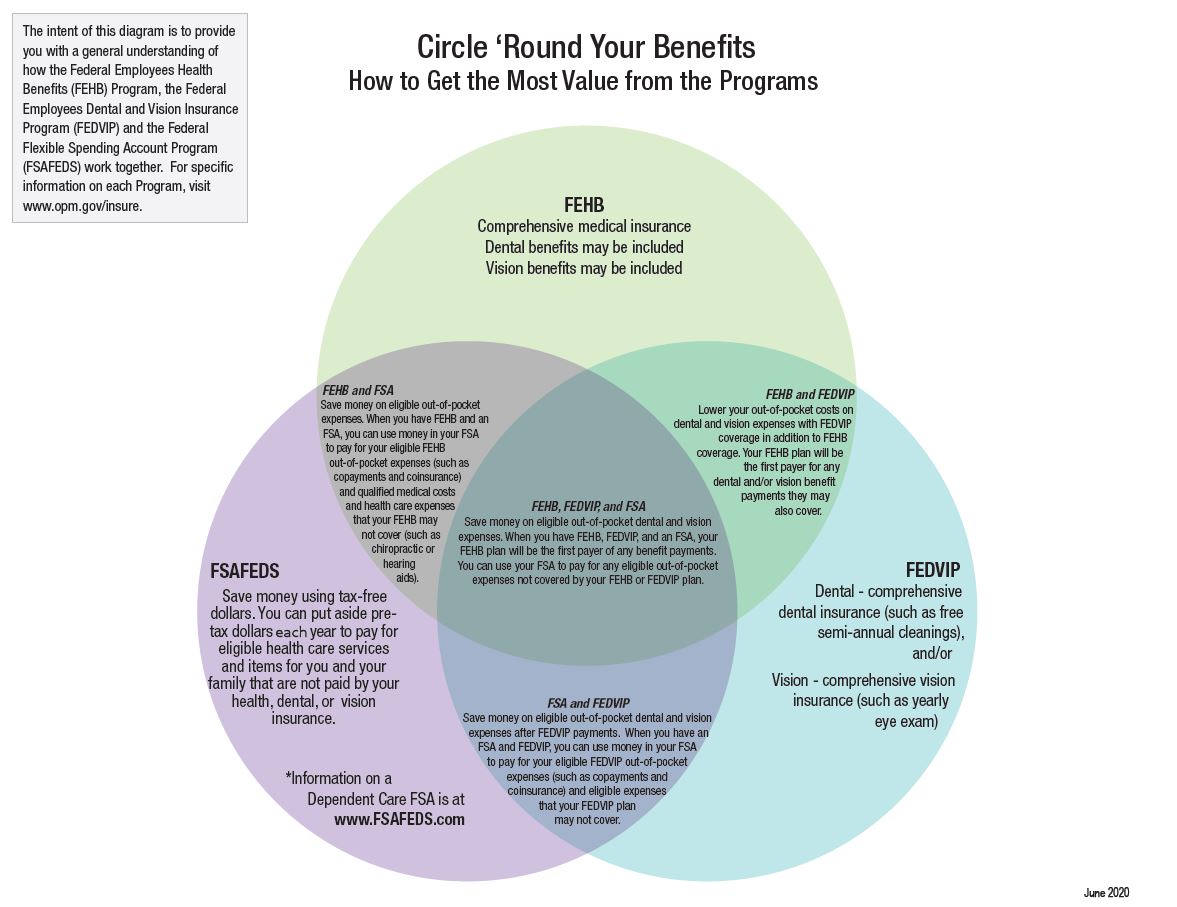The Definitive Guide for Medicare Advantage Agent
The Definitive Guide for Medicare Advantage Agent
Table of ContentsWhat Does Medicare Advantage Agent Mean?The Facts About Medicare Advantage Agent RevealedThe Greatest Guide To Medicare Advantage Agent


follows from adheres to the relatively young age profile of the uninsured with without insurance better healthFar better wellness average, of younger persons. For those without access to work environment health insurance coverage, bad health and wellness is a potential barrier to purchasing nongroup protection since such protection might be very valued, leave out pre-existing conditions, or be just inaccessible. Unless or else kept in mind, nationwide price quotes of individuals without wellness insurance and proportions of the population with various kinds of protection are based on the CPS, the most widely used resource of quotes of insurance coverage and uninsurance rates.

The Single Strategy To Use For Medicare Advantage Agent
Over a three-year duration starting early in 1993, 72 million people, 29 percent of the U.S. populace, were without coverage for a minimum of one month. Within a single year(1994), 53 million people experienced at the very least a month without coverage(Bennefield, 1998a). Six out of every 10 without insurance adults are themselves utilized. Functioning does improve the possibility that one and one's family participants will have insurance coverage, it is not an assurance. Even participants of family members with two permanent breadwinner have practically a one-in-ten possibility of being without insurance (9.1 percent uninsured rate)(Hoffman and Pohl, 2000 ). The partnership between medical insurance and access to care is well developed, as documented later on in this chapter. The partnership in between health insurance policy and health and wellness end results is neither direct neither basic, a comprehensive clinical and health and wellness services study literature links health insurance protection
to improved better accessibility care, better far better, and improved enhanced and population populace health and wellness. The second record, on individual health outcomes for uninsured grownups, is represented by the inner circle of the figure, while the 3rd record, on household wellness, includes the topics of the 2nd record but highlights a different unit of evaluation, specifically, the family. The 6th record in the collection will offer info about techniques and initiatives embarked on locally, statewide, or across the country to attend to the lack of insurance coverage and its damaging effects. Levels of analysis for analyzing the impacts of uninsurance. This discussion of health insurance policy protection concentrates primarily on the united state population under age 65 because practically all Americans 65 and older have Medicare or various other public insurance coverage.
Additionally, it focuses specifically on those without any type of medical insurance for any length of time. The troubles faced by the underinsured remain in some respects similar to those dealt with by the uninsured, although they are normally much less extreme. Uninsurance and underinsurance, nonetheless, include distinctly different policy problems, and the approaches for resolving them might vary. Throughout this research and the five reports to adhere to, the major focus is on individuals without health and wellness insurance policy and hence no aid in spending for healthcare past what is readily available via charity and safety and security internet institutions. Medical insurance is an effective element influencing invoice of care due to the fact that both clients and doctors respond to the out-of-pocket price of services. Wellness insurance coverage, nevertheless, is neither necessary nor enough to get to medical services. However, the independent and straight effect of wellness
insurance policy protection on access to health and wellness services is well developed. Others will obtain the healthcare they require even without health and wellness insurance, by spending for it out of pocket or seeking it from carriers that provide treatment free or at very subsidized rates. For still others, medical insurance alone does not make certain invoice of care as a result of various other nonfinancial barriers, such as an absence read of health and wellness treatment providers in their area, minimal accessibility to transportation, illiteracy, or linguistic and social differences. Official study regarding without insurance populations in the USA dates to the late 1920s and early 1930s when the Board on the Price of Treatment created a series of records about financing medical professional workplace visits and hospitalizations. This concern ended up being significant as the varieties of you can try this out medically indigent climbed up throughout the Great Depression. Empirical studies continually support the link in between access to care and enhanced health and wellness end results(Bindman et al., 1995; Starfield, 1995 ). Having a routine source of treatment can be considered a predictor of accessibility, instead of a direct action of it, when health and wellness results are themselves made use of as access indicators. This expansion of the concept of access measurement was made by the IOM Board on Keeping Track Of Gain Access To to Personal Healthcare Provider(Millman, 1993, p. Whether moms and dads are guaranteed shows up to affect whether their children obtain care in addition to just how much careeven if the youngsters themselves have insurance coverage(Hanson, 1998). The health of parents can affect their ability to look after their youngsters and the degree of family members stress. Fretting about their youngsters's access to care is itself a source of anxiety for moms and dads. 3 phases adhere to in this record. Chapter 2 gives an introduction of exactly how employment-based medical insurance, public programs and individual insurance plans operate and communicate to offer comprehensive however insufficient protection of the U.S. population. This consists of a testimonial of historic fads and public plans impacting both public and personal insurance coverage, a discussion of the interactions amongst the various kinds of insurance, and an assessment of why people move from one program to one more or wind up
